These 7 Plants Are Natural Repellents Keep Fruit Flies Out of Your Home
Fruit flies, the common name for drosophila, are perhaps the most annoying of household pests. They barge right in and make themselves quite at home. With a knack for gravitating towards ripe fruits, veggies, and even stagnant drains, fruit flies are causing quite a nuisance this time of year. While not on anyone’s list of devastating catastrophes, fruit flies are downright frustrating, to put it mildly.
No matter how diligently we keep things neat and tidy, those little critters manage to find their way into any kitchen. One single pregnant teeny fruit fly can swiftly multiply into an all-out infestation if left unchecked. That’s why it’s crucial to spring into action the moment you spot these bothersome pests.
Learning how to get rid of fruit flies is one way to deal with this problem, but preventing them from entering your home in the first place is preferable!
There are measures you can take to deter them from your home in the first place—like growing the right plants. There are certain, specific types that are harmless for humans but have repellent qualities for fruit flies.
Here are 7 plants that repel fruit flies keep them out of your home. It’s a good bet that you can easily introduce a few of these into your home and yard to create a fruit-fly-free haven.
1. Basil
One of the most popular herbs in everyday dishes like pizza and pasta, basil is useful in another way— to repel fruit flies. As a bonus, ants, and mosquitoes also dislike the intense aroma.
Basil can be grown in containers indoors or outside with the right conditions. Partial shade with a consistently warm temperature and well-drained soil is best. A windowsill may work for placement, but make sure it’s not overexposed to the sun, which will burn the leaves.
Basil is non-toxic to both cats and dogs, so it is an especially good option if you’ve got pets.
2. Peppermint
While most find the scent of peppermint to be delightfully refreshing, not so for fruit flies. It is an odor that makes them turn around the fly away!
Mint is very easy to grow—both indoors and outside. In fact, know the presence of sunny conditions, with moist, well-draining soil, it will arrogantly take over not only where planted but all the are surrounding. It grows quickly, too. Your best pet is to plant mint in containers, then trim it back as needed to create lush, beautiful foliage.
While delicious when added to iced tea and other beverages, mint is toxic to both cats and dogs, so avoid this plant if you have curious pets running around.
3. Lavender
When it comes to plants with distinctive scents, lavender may top them all. The scent is highly commercialized and found in so many products from bathroom soaps, to laundry detergents, to cake recipes. Who can get enough of this light and refreshingly floral scent? Fruit flies! The hate it so much they will steer clear at every opportunity (as will spiders, rodents and even deer).
Lavender is more often grown outdoors rather than inside. It is prolific and hard to kill. These plants when grown in containers can be brought indoors over the winter.
A hardy plant, lavender prefers full sun and well-draining soil. If you’re growing it outside and want to take advantage of its fruit-fly repelling qualities, cut bunches then tie them and hang indoors.
Another idea: Lavender oil can be purchased separately and combined with water to spritz around the home. Here is an excellent example from Amazon.
Lavender is another toxic plant for both cats and dogs though, so avoid it if you have furry family members.
4. Rosemary
Rosemary is easy to grow, both indoors and outside, requiring full sun and regular water in well-draining soil. Easy to grow, delightful to use in your homemade gourmet meals (you make those right?) rosemary is yet another fruit fly nemisis. Planted nearby entrance points, rosemary can stand guard to send fruit flies away before you even know they’re in the area.
This plant is non-toxic to cats and dogs, which makes it all the better.
5. Eucalyptus
Eucalyptus leaves are rife with oil that is often used for medicinal purposes. Frequently found in cough syrups and lozenges, it can relieve a sore throat and cold and flu symptoms. This remarkable oil can help reduce symptoms of pain and prompt relaxation, so it’s a useful oil to say the least. We humans enjoy so many benefits of eucalyptus. However it is not a fan favorite for fruit flies.
Drosophila detest the scent of eucalyptus oil, putting it right up there with peppermint. Growing eucalyptus outdoors or as houseplants inside will do its magic soon enough.
A sunny spot with warm temperatures (65-75°F) and high humidity is best for this plant.
Warning: Eucalyptus too, is toxic for cats and dogs, so keep pets away.
6. Venus Fly Trap
The Venus Fly Trap technically will not repel fruit flies. It produces a sweet smell that mimicks fresh flowers in order to entice those pests into its “mouth.” When an unsuspecting fruit fly steps onto one of its tiny hairs, it will snap shut to catch the fly, turning the situation into a tasty meal.
This plant is not such a good idea if you plan to trap and entire family or let’s say huge population of fruit flies. But for that one annoying critter than is driving you stark raving mad? Venus is your gal.
This carnivorous plants is relatively easy to care for, but will require a taller container because the root system can be deep and intricate. You’ll want a sunny spot for best growth with acidic well-draining soil.
Venus Fly Trap is safe to grow around your pets as it is non-toxic.
7. Clove Tree
Another naturally occurring plant that fruit flies can’t stand is the clove tree. This small stick-like spice is actually dried flower buds from the clove tree that were picked before they had a chance to bloom.
The strong yet pleasant-smelling spice is used in cooking. They’re ground up to add flavor to marinades and meat rubs as well as curries. These spices are actually the dried flower buds from clove trees, picked before they’ve had a chance to bloom.
If you want a steady supply of fruit fly-repellent cloves, you can grow your own clove tree outdoors, or even bring it inside as a houseplant.
A clove tree will survive in partial shade, but much prefers full sun and humid temperatures above 50°F. You will need to harvest and dry out the cloves yourself while the flower buds are pink, but unopened.
Once you have your cloves, poke 10 or so into an orange, lemon, or lime and leave on display to repel any fruit flies that near. An apple can work here as well.
Too much work to grow your own clove tree? Pick up a can of whole cloves at the supermarket or online.
Cloves are on the list of items that can be toxic to cats and dogs though, so skip this if you have pets.
More from Everyday Cheapskate
Please keep your comments positive, encouraging, helpful, brief,
and on-topic in keeping with EC Commenting Guidelines
Last update on 2024-04-29 / Affiliate links / Images from Amazon Product Advertising API

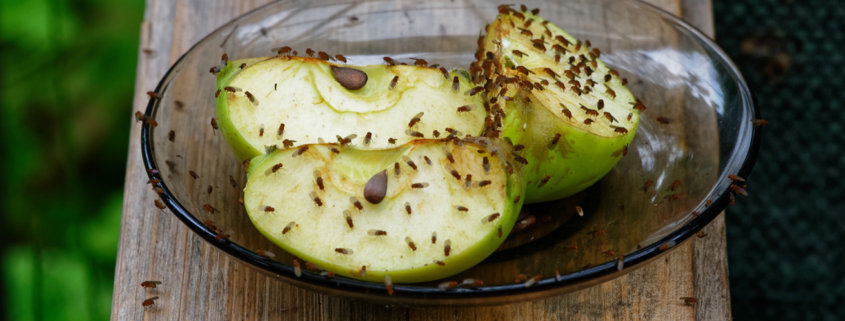
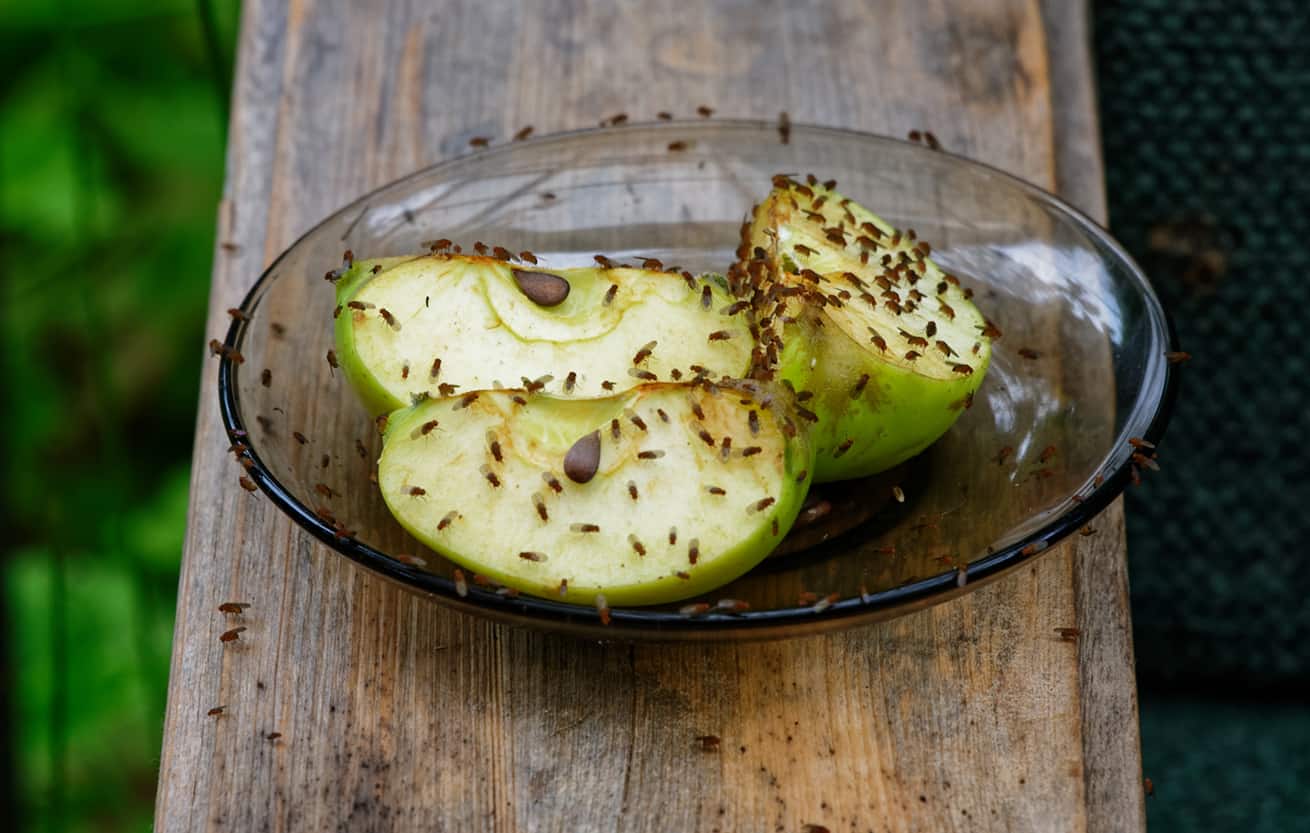
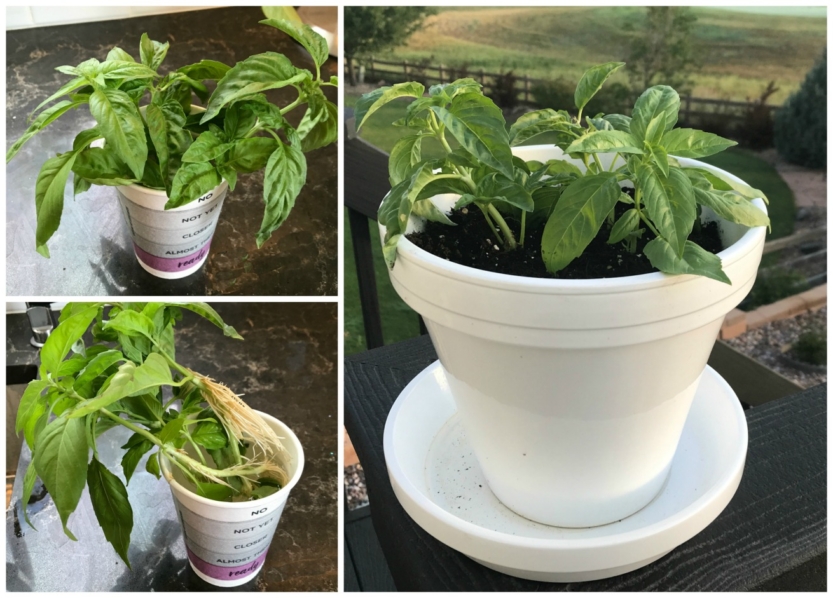
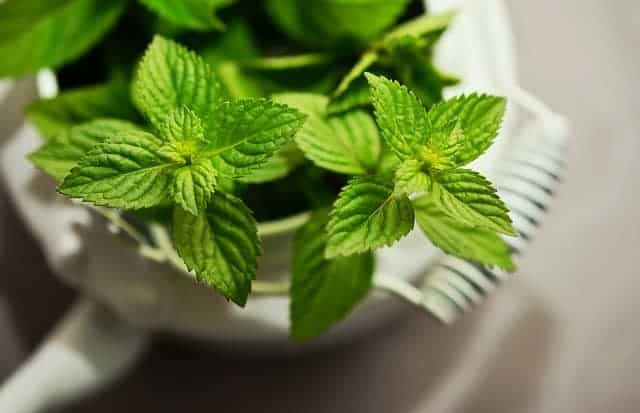


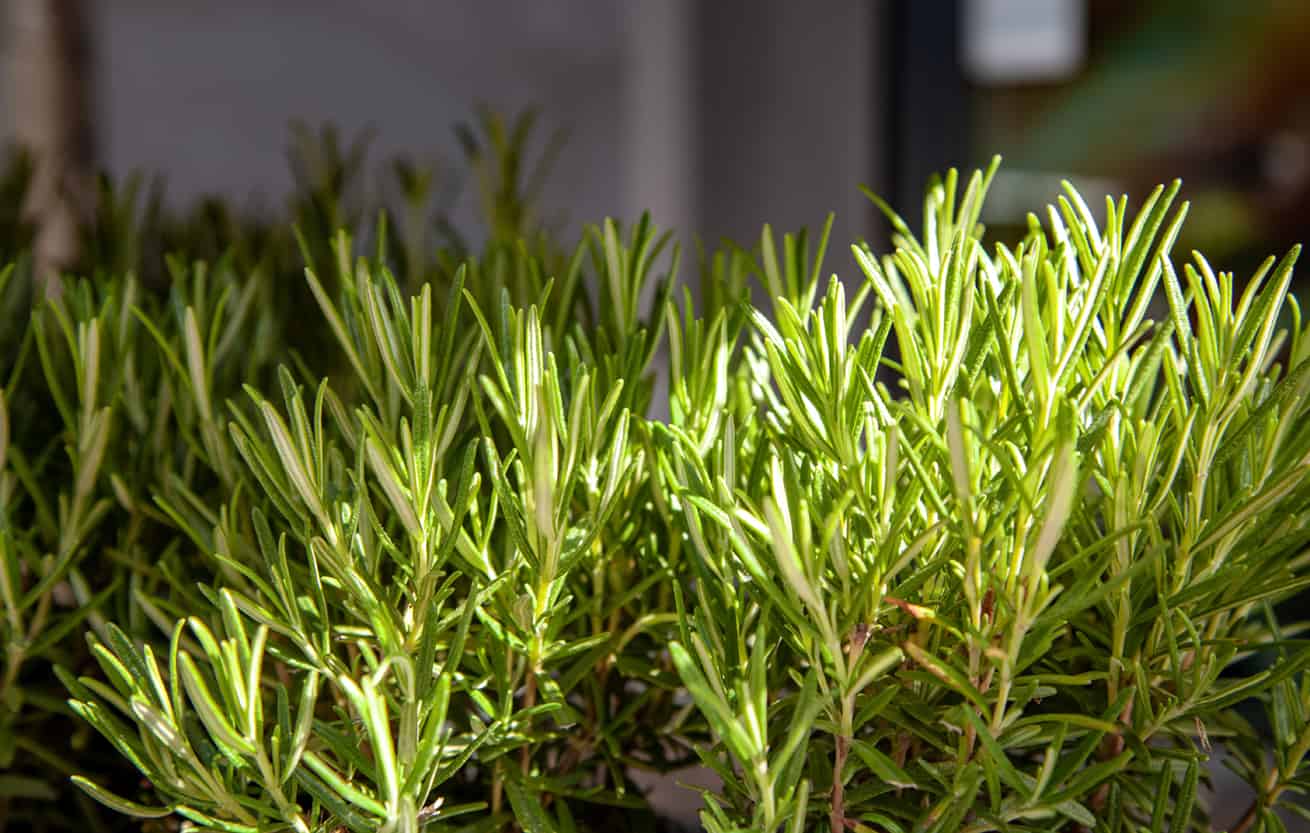
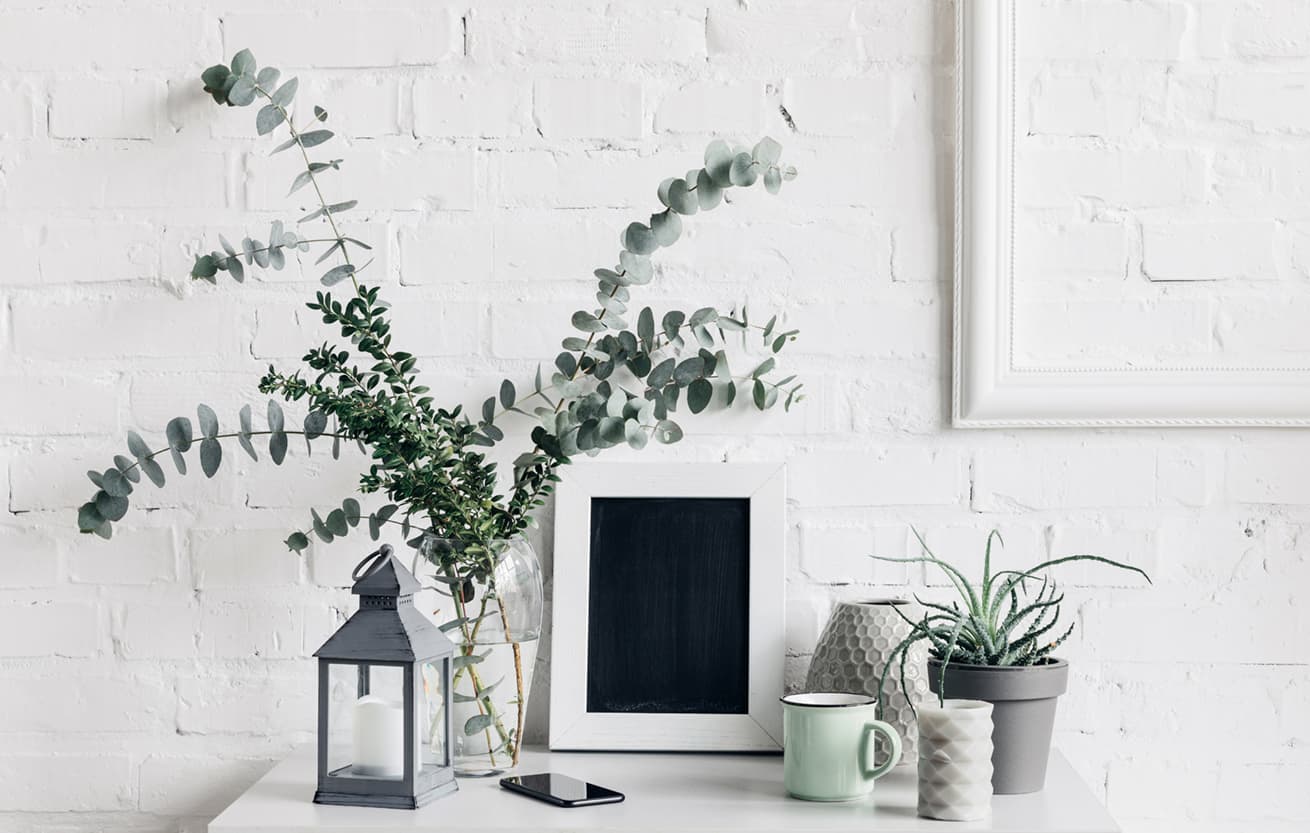
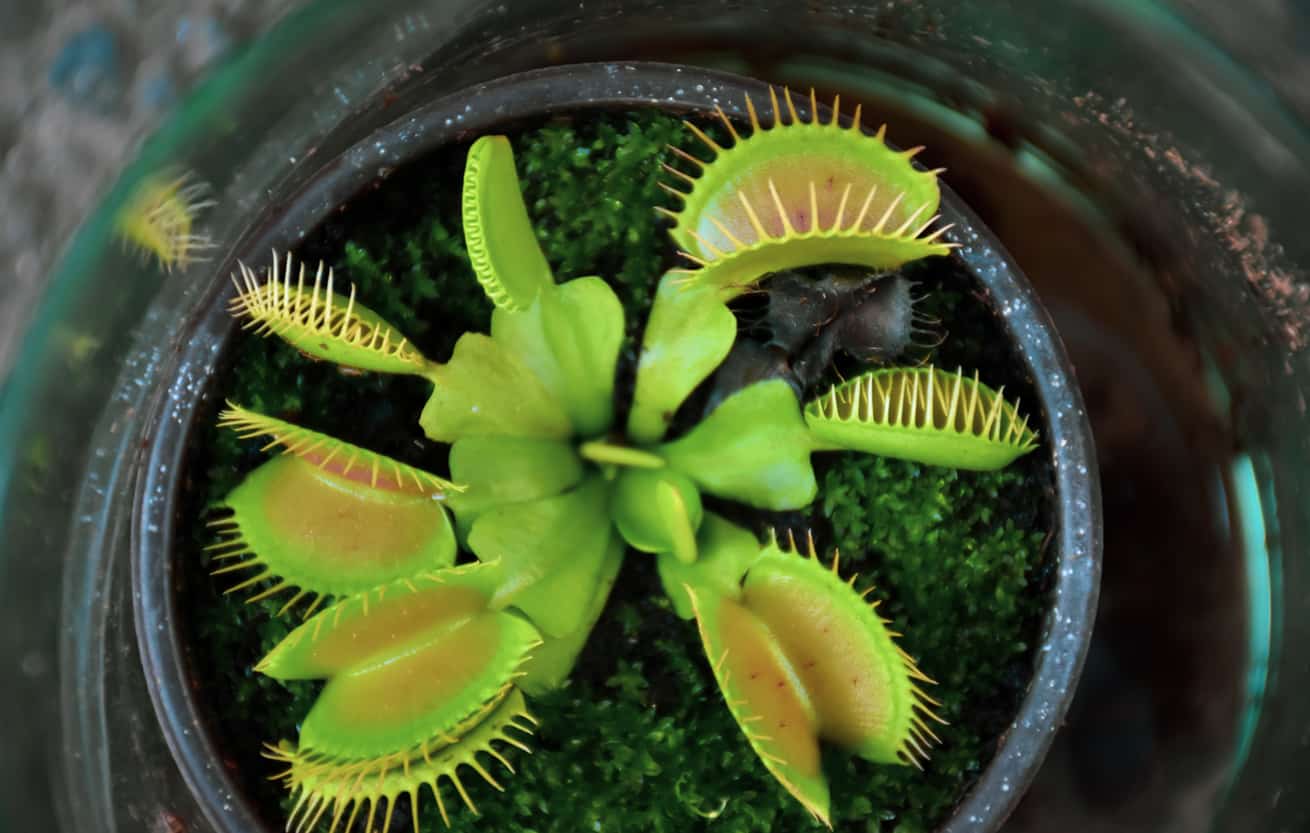
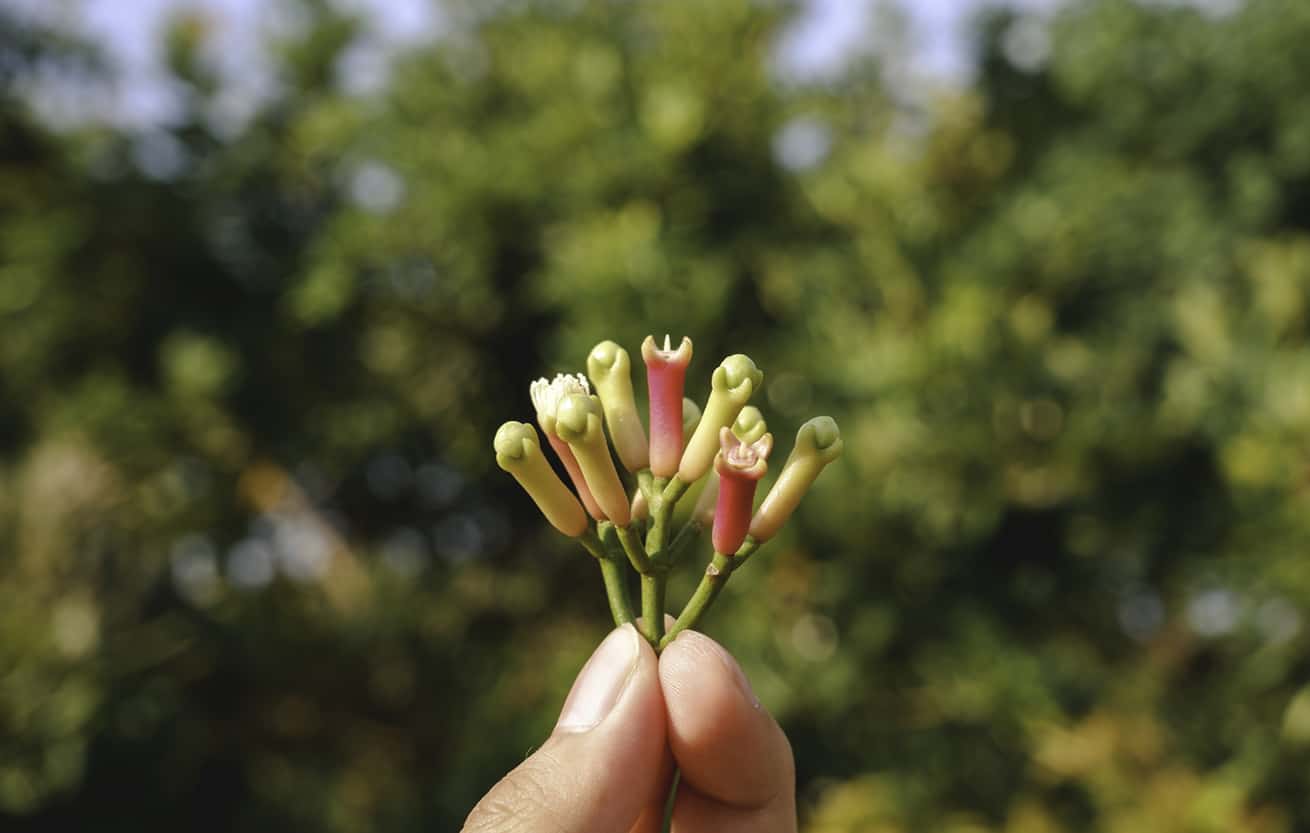
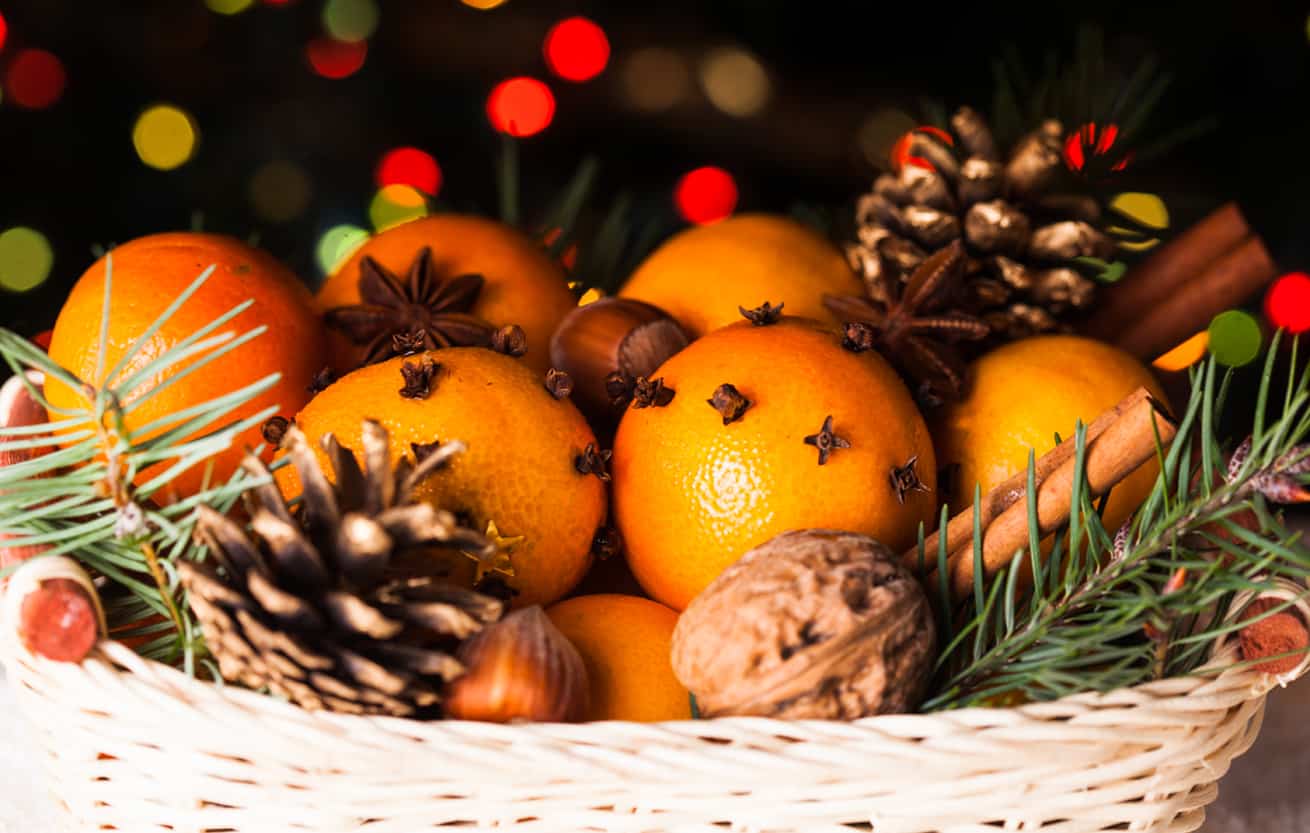





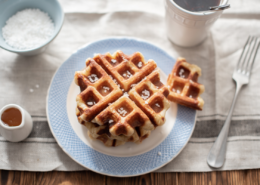

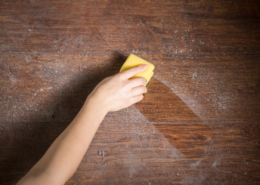


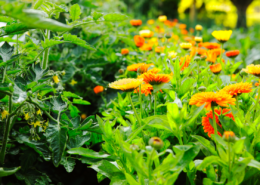


Thank you so much for these methods. I most appreciate your guidance as to which of these plants are toxic for dogs and cats, as we have three cats in the home, as well as a feral colony close by.
Read again, Dee. Each plant’s description closes with its affects on dogs and cats.
I prefer to trap fruit flies. A Venus Flytrap won’t help control fruit flies because they are too small to trigger the hairs that close it. Also they do not make a very good house plant, they grow best outdoors in full, strong sunlight. I DO keep a couple of tropical sundew and butterwort plants under a strong plant light. The flies don’t stand a chance and, with enough light and sitting constantly in distilled water, these plants grow well year round indoors.